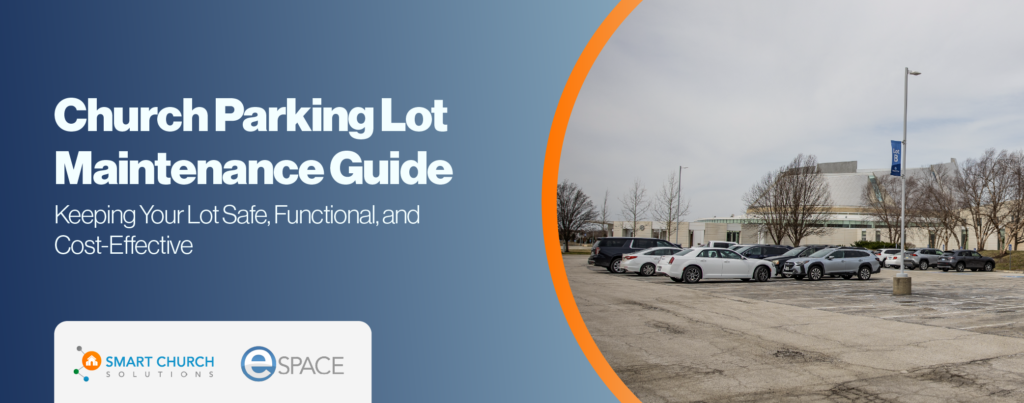In today’s rapidly evolving world, data has emerged as a valuable resource that has the potential to drive significant improvements across various industries. One area where data-driven approaches have proven particularly effective is — you guessed it — facility stewardship.
By leveraging data analytics and advanced technologies, organizations can make informed decisions, optimize resource allocation, enhance operational efficiency, and ultimately achieve sustainable and responsible facility management. Therefore, let’s explore the concept of data-driven facility stewardship and its benefits for organizations.
Understanding Data-Driven Facility Stewardship
Data-driven facility stewardship involves using data and analytics to guide decision-making processes related to facility management, operation, and maintenance. Traditionally, facility management relied on manual processes, subjective judgment, and reactive measures. However, with the advent of advanced technologies and the availability of vast amounts of data, organizations can adopt a proactive and strategic approach to facility stewardship.
The Role of Data in Facility Stewardship
Data serves as the foundation for effective facility stewardship. By collecting and analyzing data from various sources, such as building management systems, IoT devices, and maintenance records, organizations can gain valuable insights. This data-driven approach enables facility managers to make evidence-based decisions, identify areas for improvement, and optimize resource allocation.
Benefits of Data-Driven Facility Stewardship
As we have already mentioned, data is a tool for facility stewardship. More specifically, below are many benefits of data-driven facility stewardship.
Enhanced Operational Efficiency
Data-driven facility stewardship empowers organizations to optimize facility operations by identifying inefficiencies and implementing targeted improvements. By analyzing data on energy usage, occupant behavior, and equipment performance, facility managers can identify opportunities for energy savings, streamline maintenance processes, and reduce operational costs.
Improved Sustainability
Sustainable facility management concerns organizations aiming to reduce their environmental footprint. Data enables facility managers to monitor and analyze energy consumption patterns, identify high-usage areas, and implement energy-saving measures. By leveraging real-time data, organizations can track their progress toward sustainability goals and make informed decisions to minimize waste and reduce environmental impact.
Proactive Maintenance and Asset Management
Facility managers can leverage data analytics to move from reactive to proactive maintenance strategies. By monitoring equipment performance data and utilizing predictive analytics, organizations can identify potential equipment failures before they occur. This approach helps reduce downtime, extend asset life cycles, and optimize maintenance schedules, leading to cost savings and improved reliability.
Enhanced Occupant Experience
Facilities are built to serve people, and their comfort and satisfaction are crucial. By leveraging data on occupancy patterns, environmental conditions, and user feedback, organizations can create personalized and comfortable environments for occupants. Data-driven facility stewardship enables organizations to optimize temperature settings, lighting conditions, and space allocation to enhance the overall occupant experience.
Data-Informed Decision Making
Data-driven facility stewardship equips decision-makers with up-to-date information to support strategic planning and investment decisions. By analyzing historical and real-time data, organizations can identify trends, anticipate future needs, and allocate resources effectively. This data-driven decision-making process reduces risks and enables organizations to make informed choices that align with their long-term goals.
In Conclusion
In conclusion, data-driven facility stewardship revolutionizes how organizations manage and maintain their facilities. By leveraging the power of analytics, organizations can achieve improved operational efficiency, enhanced sustainability, proactive maintenance, and superior occupant experiences.
In addition, embracing data-driven approaches enables organizations to make informed decisions, optimize resource allocation, and maximize the value of their facilities. As technology advances, organizations that harness the potential of data-driven facility stewardship will gain a competitive edge and thrive in an increasingly data-centric world.








